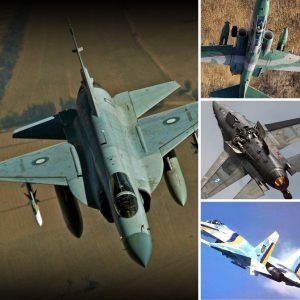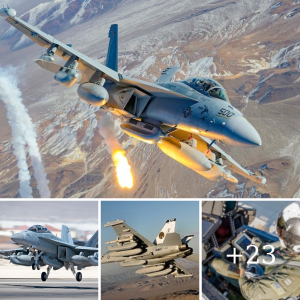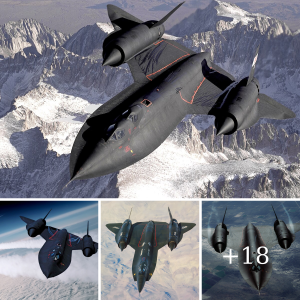The AH-64 Apache is more than just an attack helicopter; it is a symbol of unmatched power and precision in modern warfare. Developed by Hughes Helicopters in the late 1970s and now produced by Boeing, the Apache has earned its place as one of the most formidable and effective rotary-wing aircraft in the world. With a storied history in combat zones from the Middle East to Southeast Asia, the AH-64 continues to play a crucial role in the military operations of over a dozen nations.

The Apache was designed with one primary purpose: to destroy enemy forces with overwhelming firepower while maintaining the survivability of its crew. From its inception, the AH-64 was built to endure the harshest conditions and the most intense combat scenarios. Its robust design, advanced avionics, and powerful weapon systems have made it the go-to platform for close air support, anti-armor operations, and even reconnaissance missions.

One of the key features of the AH-64 is its advanced avionics and sensor systems. The helicopter is equipped with a Target Acquisition and Designation System (TADS) and a Pilot Night Vision Sensor (PNVS), which together provide exceptional situational awareness and targeting accuracy. These systems allow the Apache to engage targets day or night, in any weather condition. The Apache’s Longbow radar, mounted on top of the rotor mast, can detect, classify, and prioritize up to 128 targets simultaneously, giving it a significant edge in complex battlefield environments.
The AH-64’s firepower is another aspect that sets it apart. The helicopter is armed with a 30mm M230 chain gun, capable of firing 625 rounds per minute, making it a deadly tool for engaging both ground troops and light armored vehicles. In addition to its gun, the Apache can carry a combination of AGM-114 Hellfire missiles, Hydra 70 rockets, and AIM-92 Stinger air-to-air missiles. The Hellfire missile, in particular, is a game-changer in anti-armor warfare, with its precision guidance system and devastating impact. This versatile weapon loadout allows the Apache to take on a wide range of threats, from tanks and bunkers to enemy aircraft.
Survivability is another cornerstone of the Apache’s design. The helicopter’s airframe is heavily armored, capable of withstanding hits from small arms fire and even some anti-aircraft weapons. The crew compartment is protected by bulletproof glass, and the seats are designed to absorb the shock of a crash landing, giving the pilots a better chance of survival in a worst-case scenario. The Apache’s twin engines provide redundancy, ensuring that the helicopter can still fly even if one engine fails.

The AH-64 has seen action in numerous conflicts since its introduction in the 1980s, proving its worth time and again. From the deserts of the Gulf War to the rugged terrain of Afghanistan, the Apache has been a key asset in delivering precision strikes and close air support to ground forces. Its ability to operate in hostile environments and deliver devastating firepower has made it a feared adversary and a vital tool for military commanders.
In recent years, the Apache has undergone several upgrades to enhance its capabilities even further. The latest version, the AH-64E Apache Guardian, features improved engines, advanced avionics, and increased digital connectivity, allowing it to operate more effectively in network-centric warfare environments. The AH-64E can also control unmanned aerial vehicles (UAVs), giving it the ability to extend its reach and gather intelligence over a broader area.
Despite being in service for over four decades, the AH-64 Apache remains at the forefront of military aviation. Its combination of firepower, survivability, and advanced technology continues to make it an indispensable asset on the modern battlefield. As new threats emerge and technology evolves, the Apache is expected to remain a key player in military operations for years to come.
In conclusion, the AH-64 Apache is not just a helicopter; it is a legend. Its ability to dominate the battlefield with precision and power has solidified its place in the annals of military history. As it continues to evolve, the Apache will undoubtedly remain a critical component of air combat, striking fear into the hearts of those who dare to challenge its supremacy.





